Your Search Results
Showing 111 - 120 of 142 results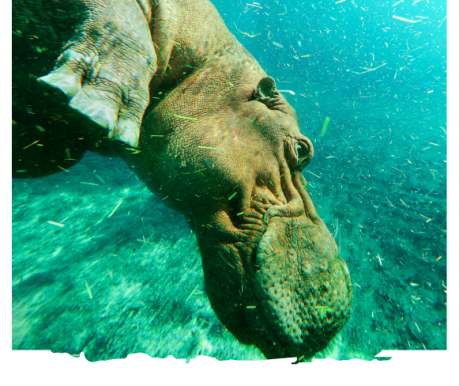
HIPPO AND CROCODILE EXHIBIT
Watch our Hippopotamus family dancing underwater and observe our crocodile motions while enjoying the surrounding waterfalls. Visit us and explore our one-of-a-kind underwater exhibit. Watching the Hippo 9:00 AM - 6:00 PM Daily Please note that all show timings are subject to change or cancellation
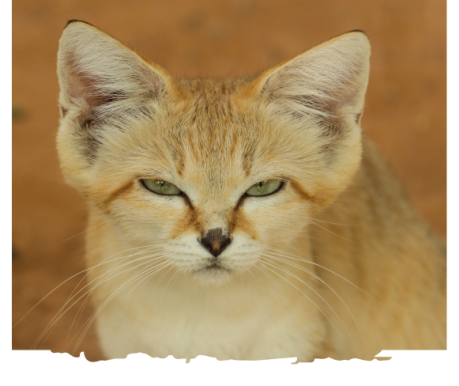
Arabian Sand Cat
Fact: Shy, enigmatic and tough, the Arabian sand cat is one of Arabia’s most poorly-known species. Al Ain Zoo is leading the conservation efforts for our smallest cat species. Habitat: Mainly sandy habitats but also gravel plains and, in the north of the Peninsular, the “harrat” volcanic lava plains
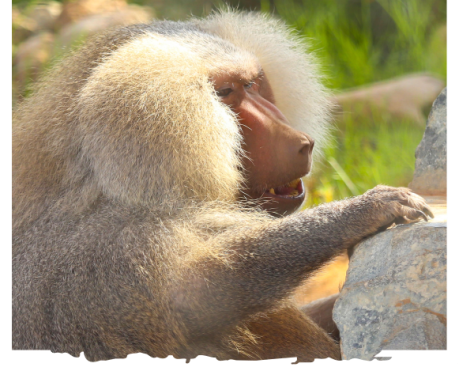
Sacred Baboon
Fact: Baboons do not like being stared at. They consider it a threat and may bear their teeth in return. Habitat: Sub-desert and savanna woodland. Threats: Habitat loss and hunting. Range: Ethopia, Eritrea, Saudi Arabia and Yemen. Additional Information: Average lifespan in the wild is 35 years.

Meerkat
Name: Meerkat Scientific Name: Suricata suricatta Species: S. suricatta Greetings from your friendly meerkat, also known as “suricate”, and this is my fact page! I am a little critter known for my cuteness when in an upright position (both sitting and standing) with my arms in front of me. I am a
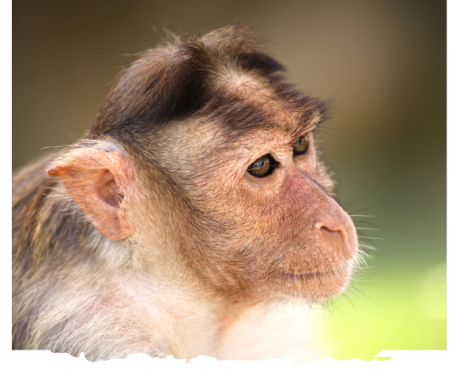
Bonnet Macaque
Fact: The Bonnet Macaque is a diurnal monkey which means it is mostly active during the daytime. Bonnet Macaques are around 35 – 60 centimetres long plus a tail of 35 – 68 centimetres. Habitat: Forests, plantations, agricultural and urban areas. Threats: Local trade in live animals for research and
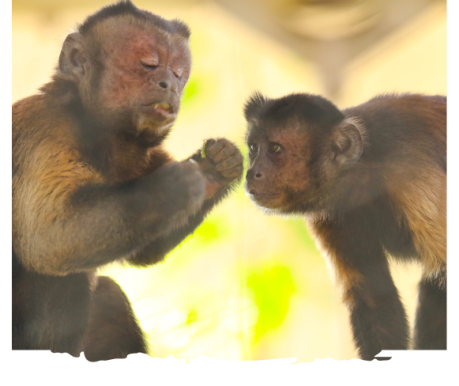
Brown Capuchin
Fact: They are highly intelligent and have been trained to carry out household tasks to help people with disabilities. Habitat: Tropical and dry forests. Threats: Habitat loss through deforestaion, logging, agriculture and development. Hunted for meat and pets. Range: Columbia, Venezuela, Paraguay
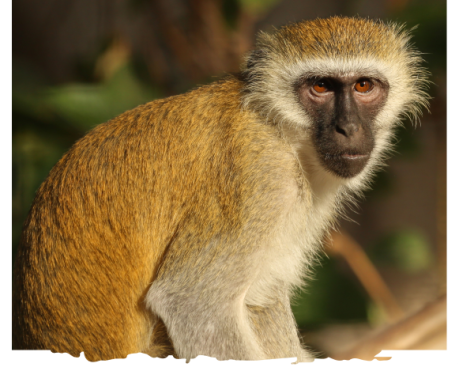
Vervet Monkey
Fact: The most widely used primates in medical research. This is because they are small, easily handled, not endangered and easy to breed in captivity. Habitat: Savanna, swamp, forests, grassland habitats. Threats: Traded as pets. Range: Sudan, Ethiopia and Eritrea. Additional information: Groups of
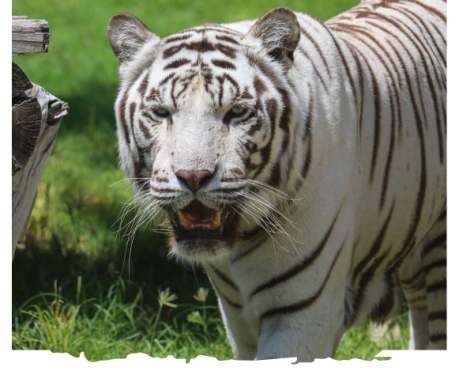
White Tiger
Fact: White tigers only exist in captivity, they are a color morph of the wild tiger. This white coloration is caused by a recessive gene. Habitat: White tigers only exist in zoos and animal collections. Conservation Action: While white tigers are increasingly common in captivity, the wild tiger is
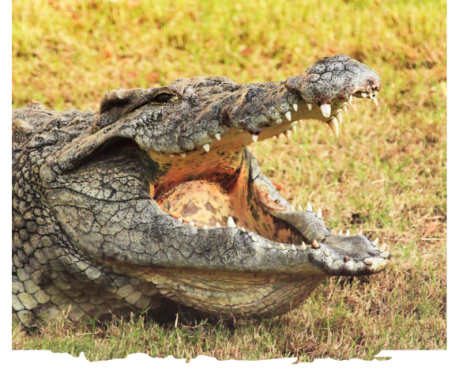
Nile Crocodile
Fact: A large reptile, adults are 5m in length and weigh on average 200kg. Males tend to be slightly larger than females and can occasionally reach 6m in length. Habitat: Brackish and freshwater rivers, lakes and swamps. Threats: Habitat loss and hunted for food and their skin. Range: Tropical and
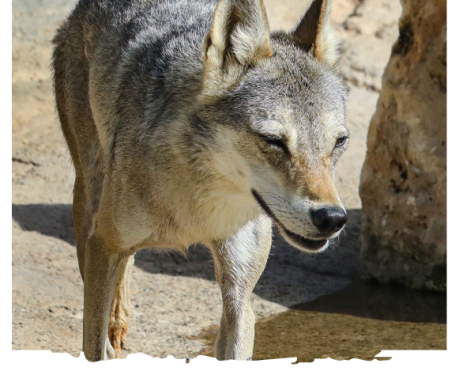
Arabian Wolf
Fact: The Arabian wolf is almost extinct only surviving in remote areas of Oman, Yemen and Saudi Arabia. It used to occur in the UAE. Habitat: Desert and mountainous areas. Threats: Poisoning and deliberate persecution due to depredation on livestock. Range: Oman, Yemen, Jordan, Saudi Arabia and